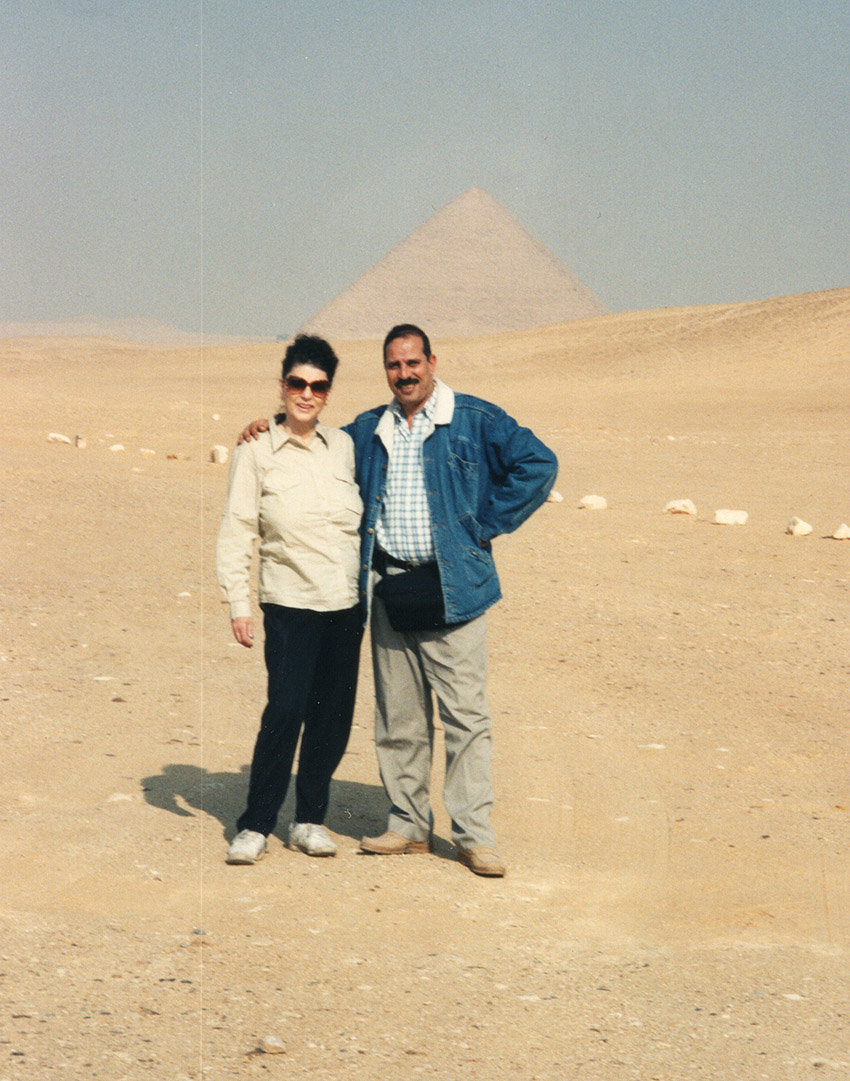

After breakfast Irene and I met with Fergany and his assistant, Ashir who gave us some background about each place we were to visit.
Off we drove in a minivan on dirt roads along the Nile which flowed softly to our left as if guiding our journey south. Mud brick homes lined the streets to the right, as local farmers worked in the fields.
The weather was beautiful at this time of the year, sunny and mild. During the daytime a jacket is not needed, but after the sun sets, the temperatures drop quickly and drastically and a heavy jacket, or layers, is best
There was one hour of heavy rain on Saturday evening, which surprised everyone, causing a power outage in the Great Pyramid, closing it to the public on Sunday and Monday December 10th and 11th the day before 12/12.
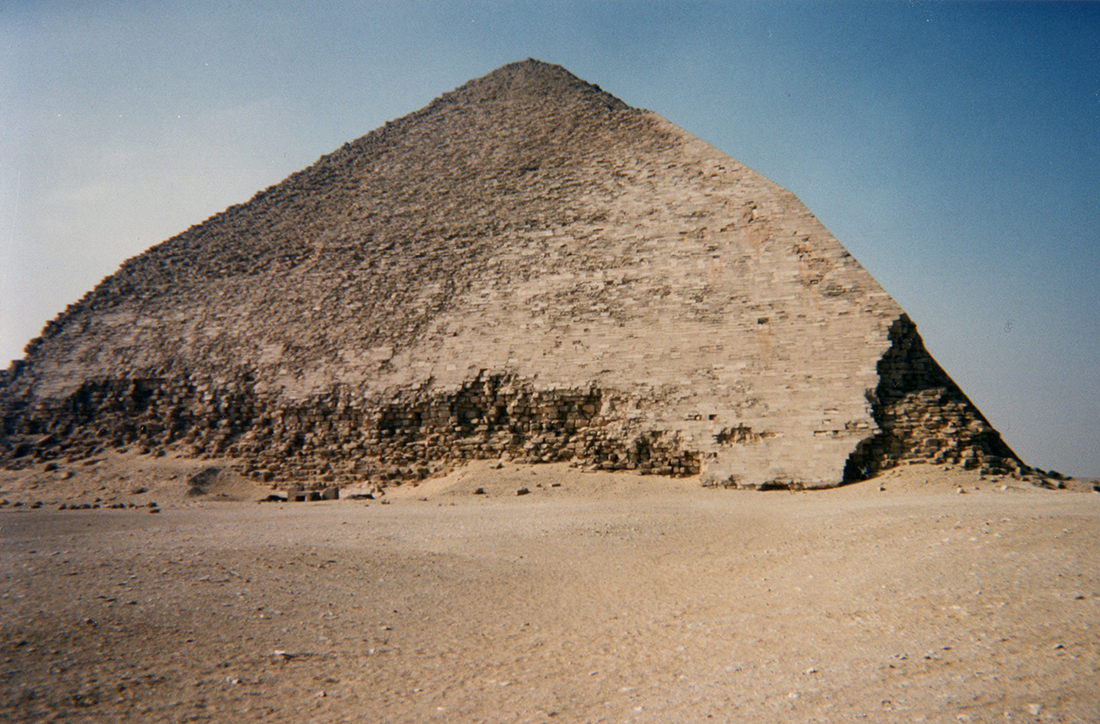
The Red Pyramid, also called the North Pyramid, is the largest of the three major pyramids located at the Dahshur necropolis in Cairo, Egypt. Named for the rusty reddish hue of its red limestone stones, it is also the third largest Egyptian pyramid, after those of Khufu and Khafra at Giza. It is also believed to be Egypt's first successful attempt at constructing a "true" smooth-sided pyramid. Local residents refer to the Red Pyramid as el-heram el-watwaat, meaning the Bat Pyramid. The Red Pyramid was not always red. It used to be cased with white Tura limestone, but only a few of these stones now remain at the pyramid's base, at the corner. During the Middle Ages much of the white Tura limestone was taken for buildings in Cairo, revealing the red limestone beneath. The Red Pyramid was the third pyramid built by Old Kingdom Pharaoh Sneferu - the first pharaoh of the 4th Dynasty, father of Khufu the alleged builder of the Great Pyramid. It is located approximately one kilometer to the north of the Bent Pyramid. Read more ...
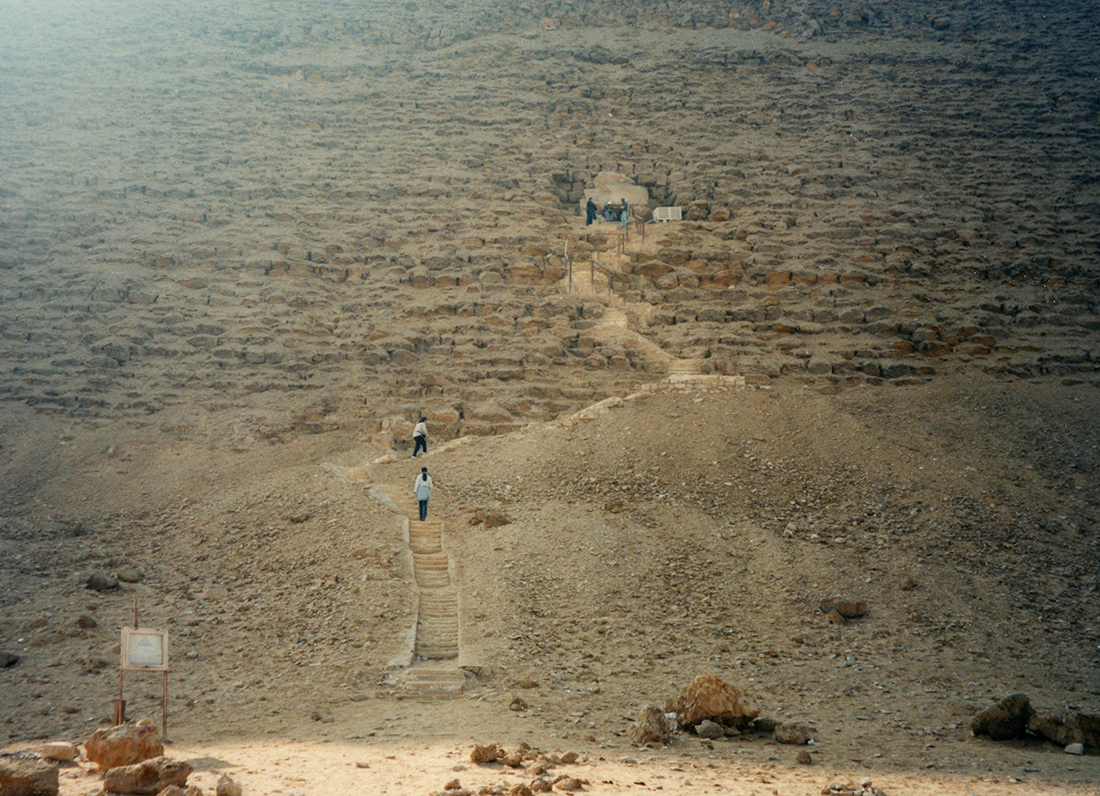
Climbing to the entrance
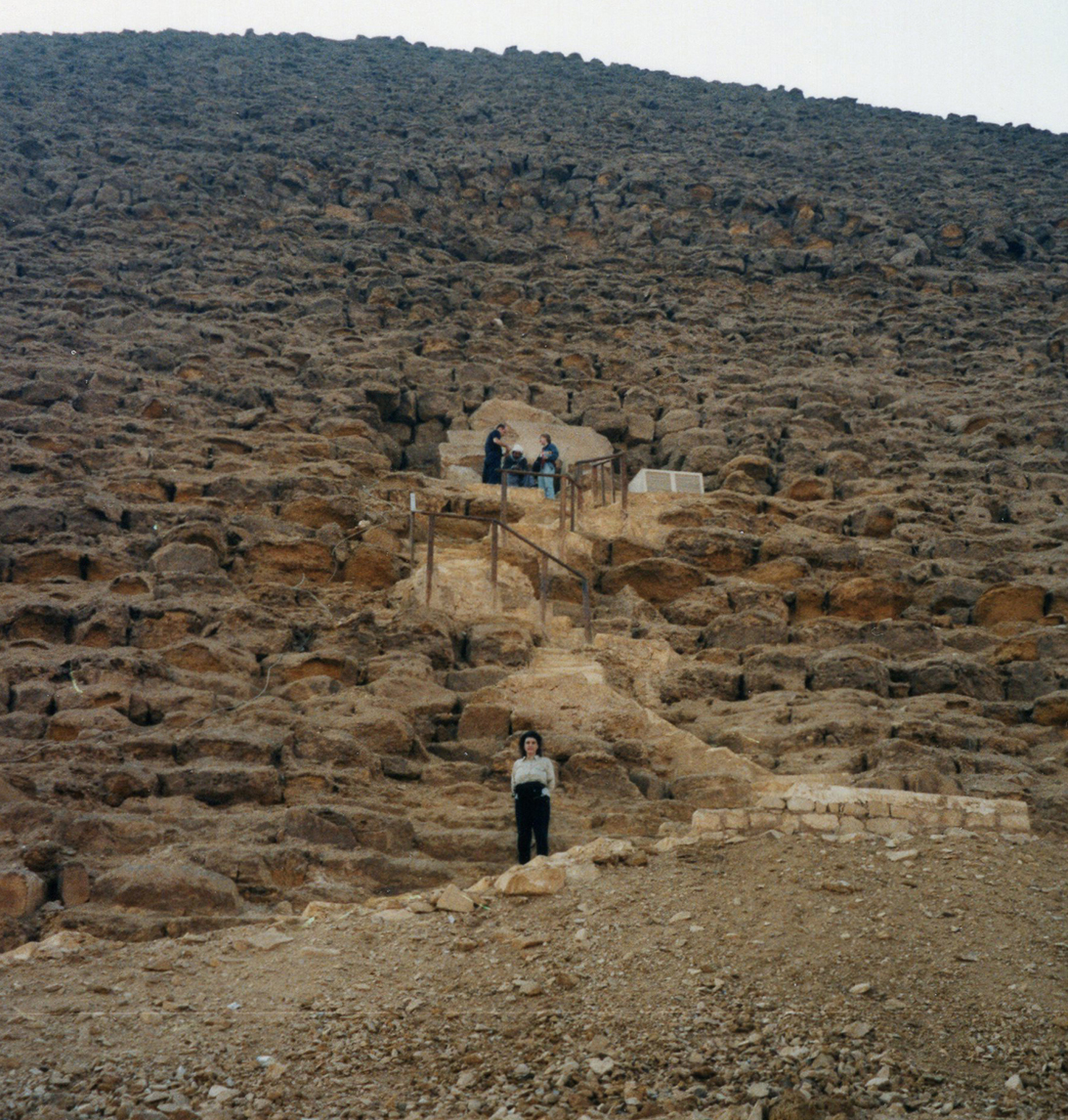
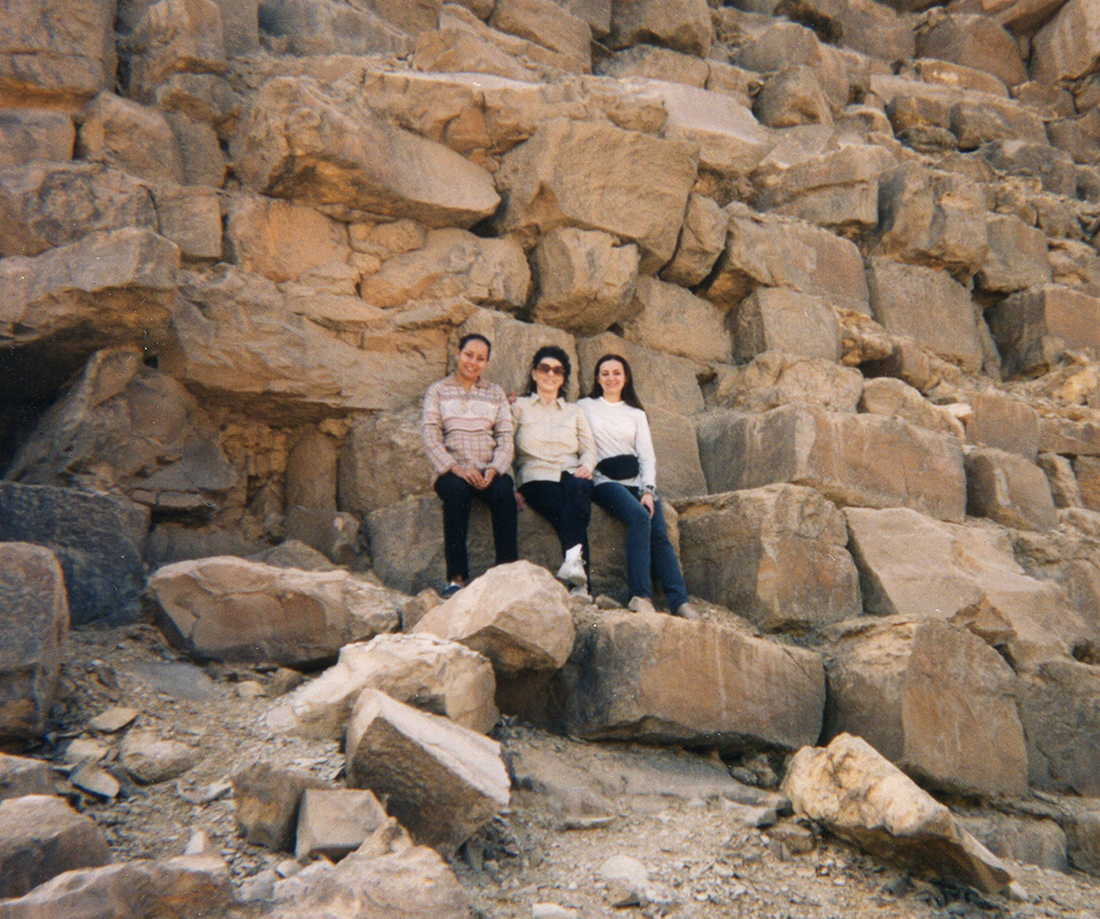
Descending to the Burial Chamber
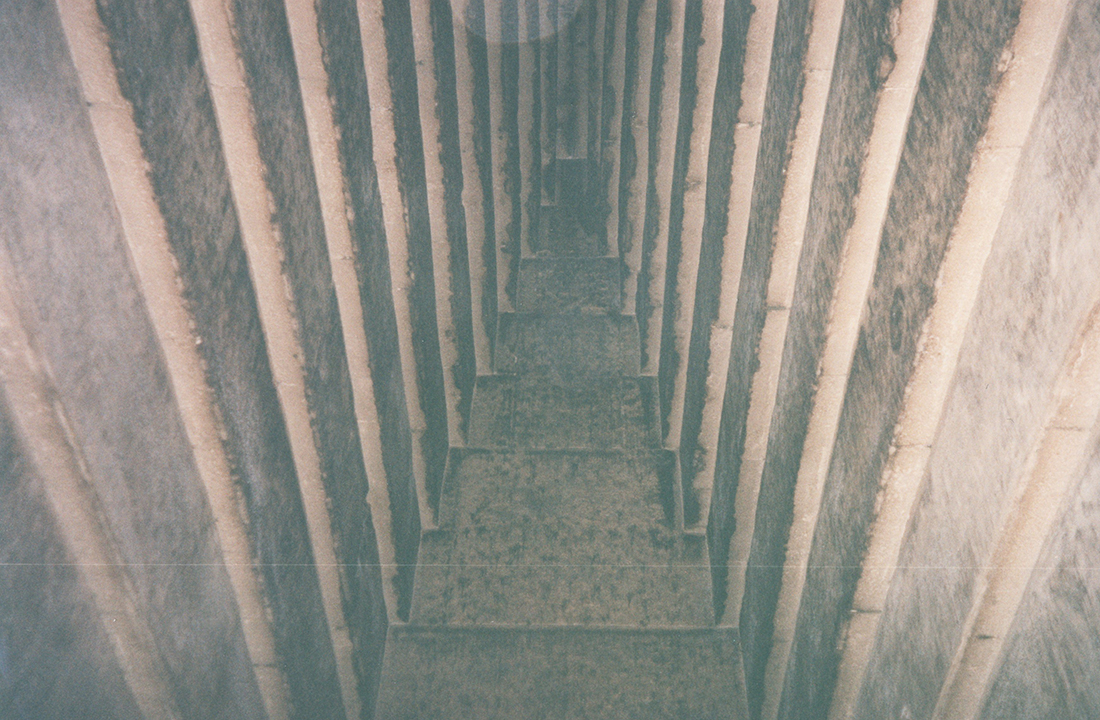
Well lit passageways lead to the Entrance of the Burial Chamber
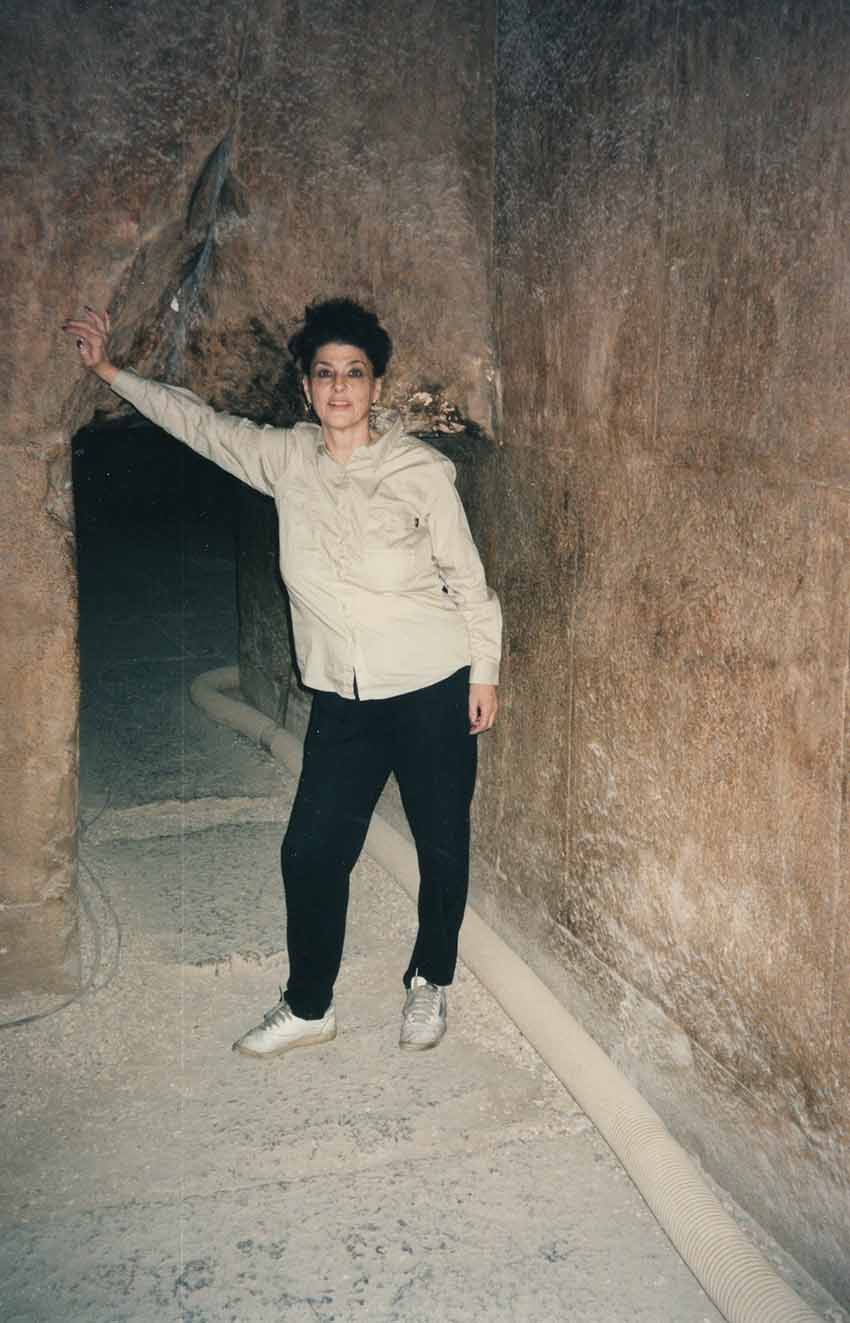
Spirit can be felt in the passageways and chambers. The chambers have no ventilation and are very hot. Some chambers are easy to access, while others are a bit more difficult. Most tourist could climb down the chambers. Though certain Pharaohs were supposedly buried in specific chambers, you learn that the whereabouts of some mummies have never been found, perhaps their tombs ransacked in the past.
The energies in the chambers weren't strong for me - too much human interaction and basically old monuments that don't connect.
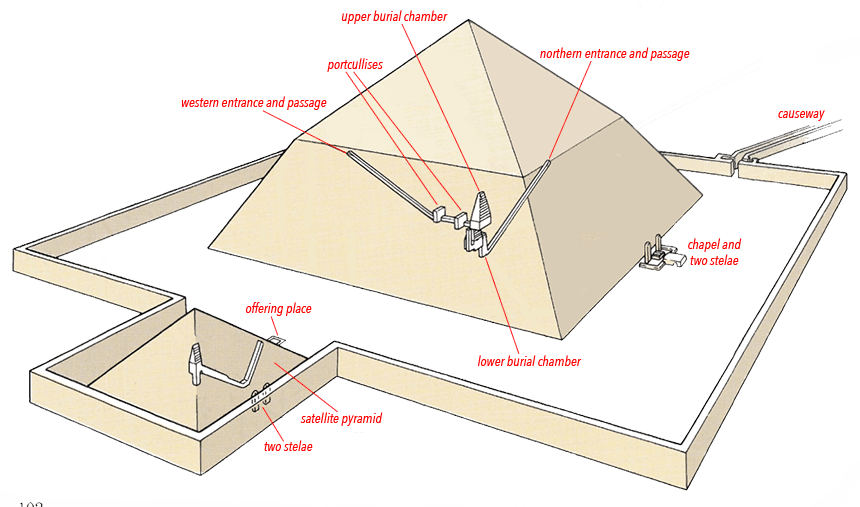
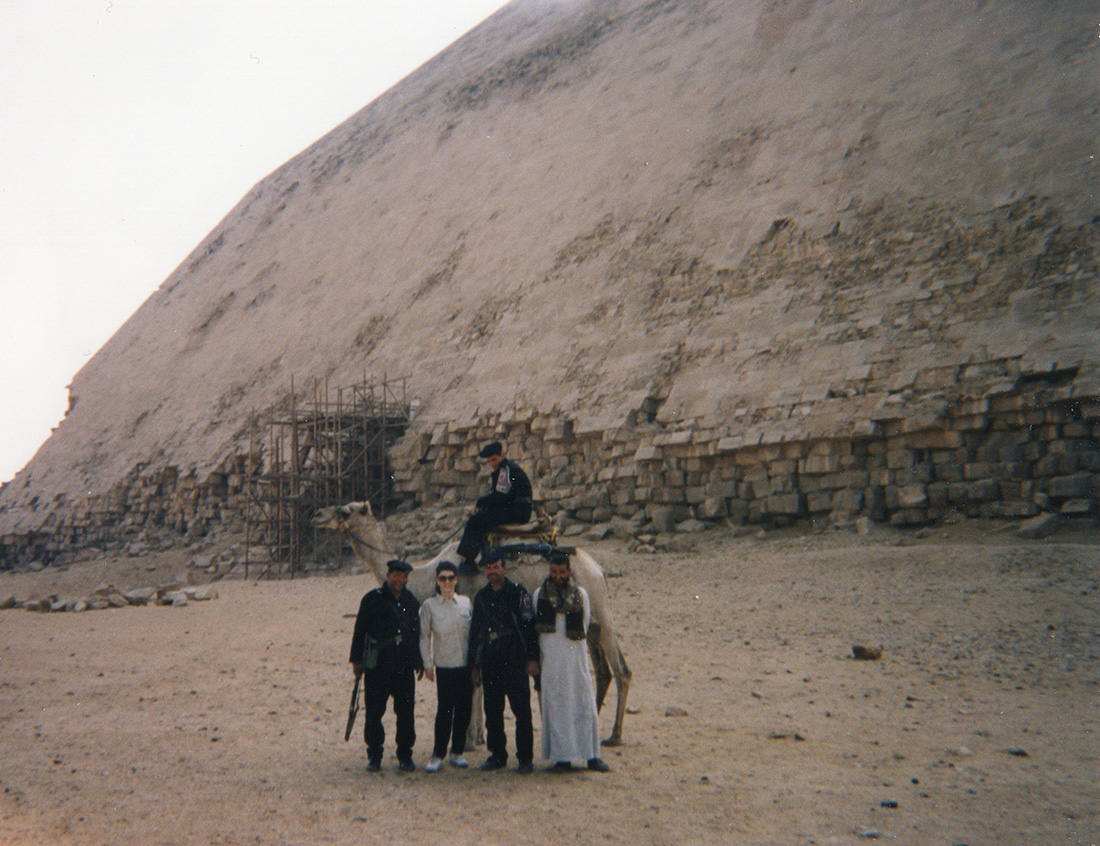
The Bent Pyramid is located at the royal necropolis of Dahshur, approximately 40 kilometres south of Cairo, built under the Old Kingdom Pharaoh Sneferu (c. 2600 BC). A unique example of early pyramid development in Egypt, this was the second pyramid built by Sneferu. The Bent Pyramid rises from the desert at a 54-degree inclination, but the top section (above 47 metres) is built at the shallower angle of 43 degrees, lending the pyramid its very obvious 'bent' appearance. he Bent Pyramid is an ancient Egyptian pyramid located at the royal necropolis of Dahshur, approximately 40 kilometres south of Cairo, built under the Old Kingdom Pharaoh Sneferu (c. 2600 BC). A unique example of early pyramid development in Egypt, this was the second pyramid built by Sneferu. The Bent Pyramid rises from the desert at a 54-degree inclination, but the top section (above 47 metres) is built at the shallower angle of 43 degrees, lending the pyramid its very obvious 'bent' appearance. Read more
Saqqara is a vast, ancient burial ground in Egypt, serving as the necropolis for the Ancient Egyptian capital, Memphis. Saqqara features numerous pyramids, including the world-famous Step pyramid of Djoser, sometimes referred to as the Step Tomb due to its rectangular base, as well as a number of mastabas (Arabic word meaning 'bench'). Located some 30 km (19 mi) south of modern-day Cairo, Saqqara covers an area of around 7 by 1.5 km (4.35 by 0.93 mi).
At Saqqara, the oldest complete stone building complex known in history was built: Djoser's step pyramid, built during the Third Dynasty. Another 16 Egyptian kings built pyramids at Saqqara, which are now in various states of preservation or dilapidation. High officials added private funeral monuments to this necropolis during the entire pharaonic period. It remained an important complex for non-royal burials and cult ceremonies for more than 3,000 years, well into Ptolemaic and Roman times. North of the area known as Saqqara lies Abusir; south lies Dahshur. The area running from Giza to Dahshur has been used as a necropolis by the inhabitants of Memphis at different times, and it was designated as a World Heritage Site by UNESCO in 1979. Some scholars believe that the name Saqqara is not derived from the ancient Egyptian funerary deity, Sokar, but supposedly, from a local Berber Tribe called Beni Saqqar. Read more
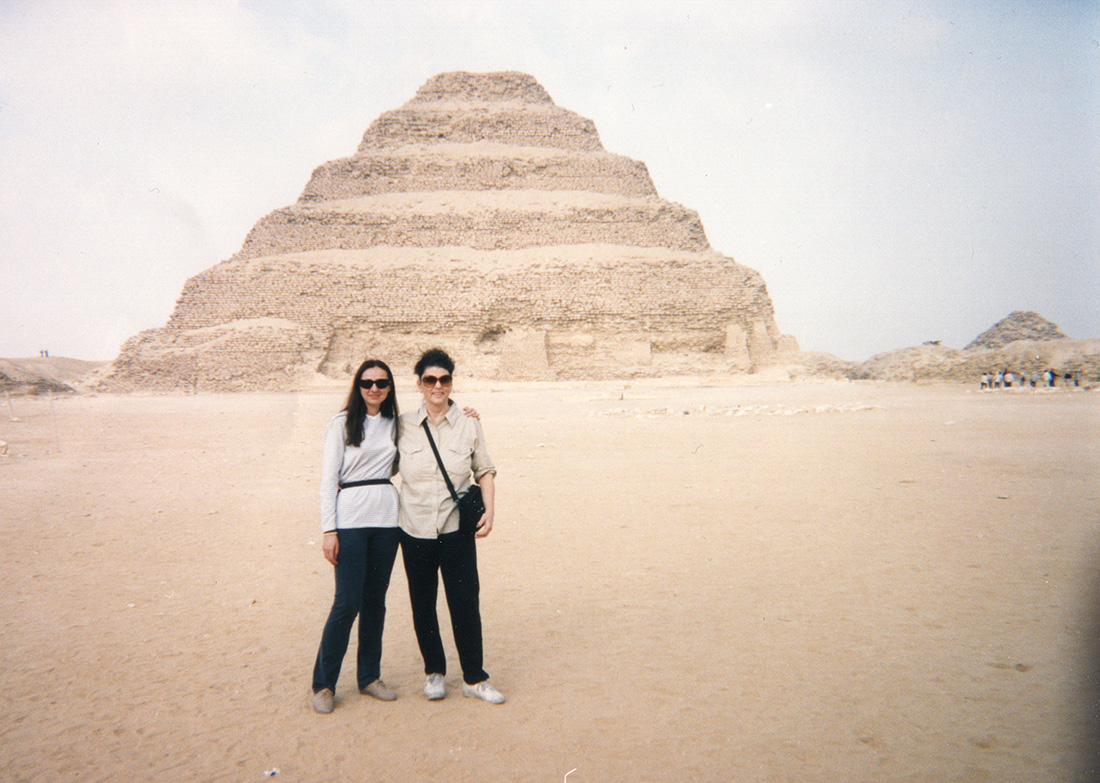
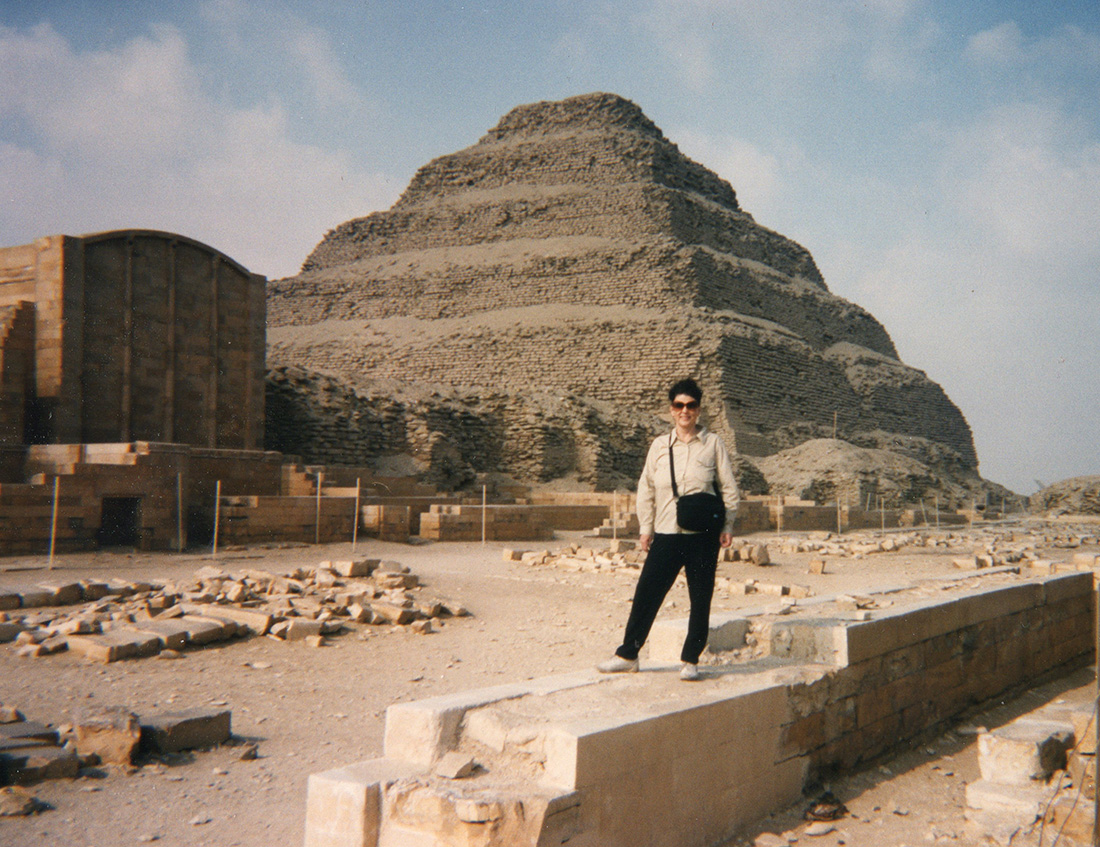
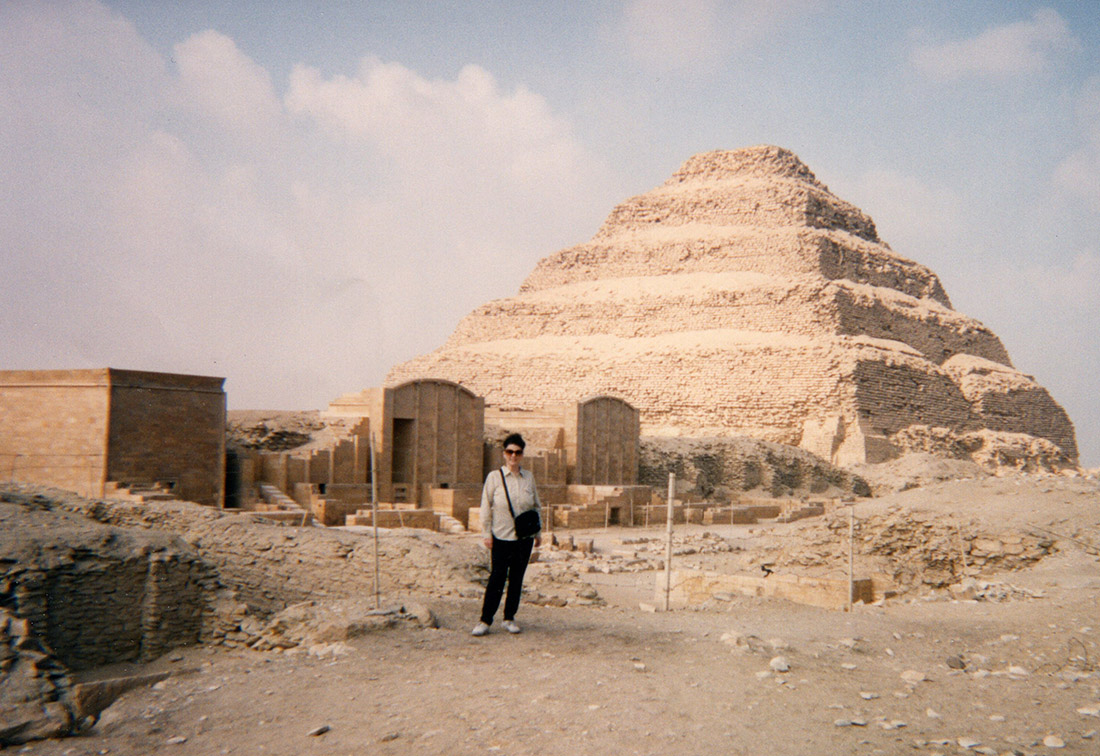
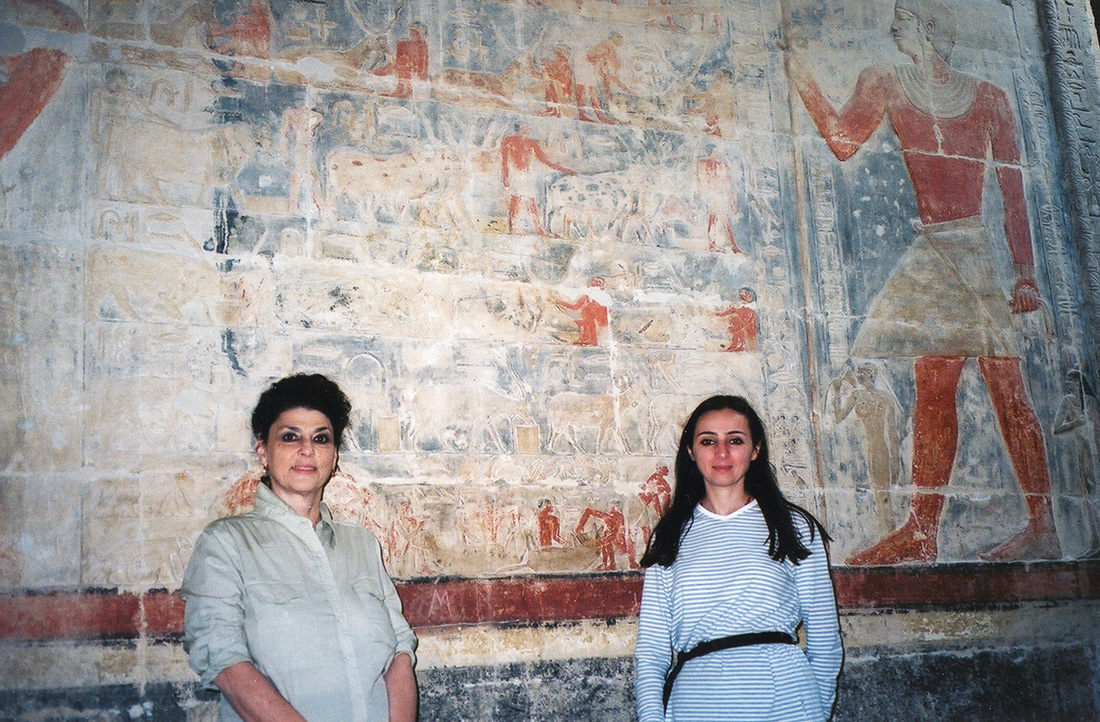
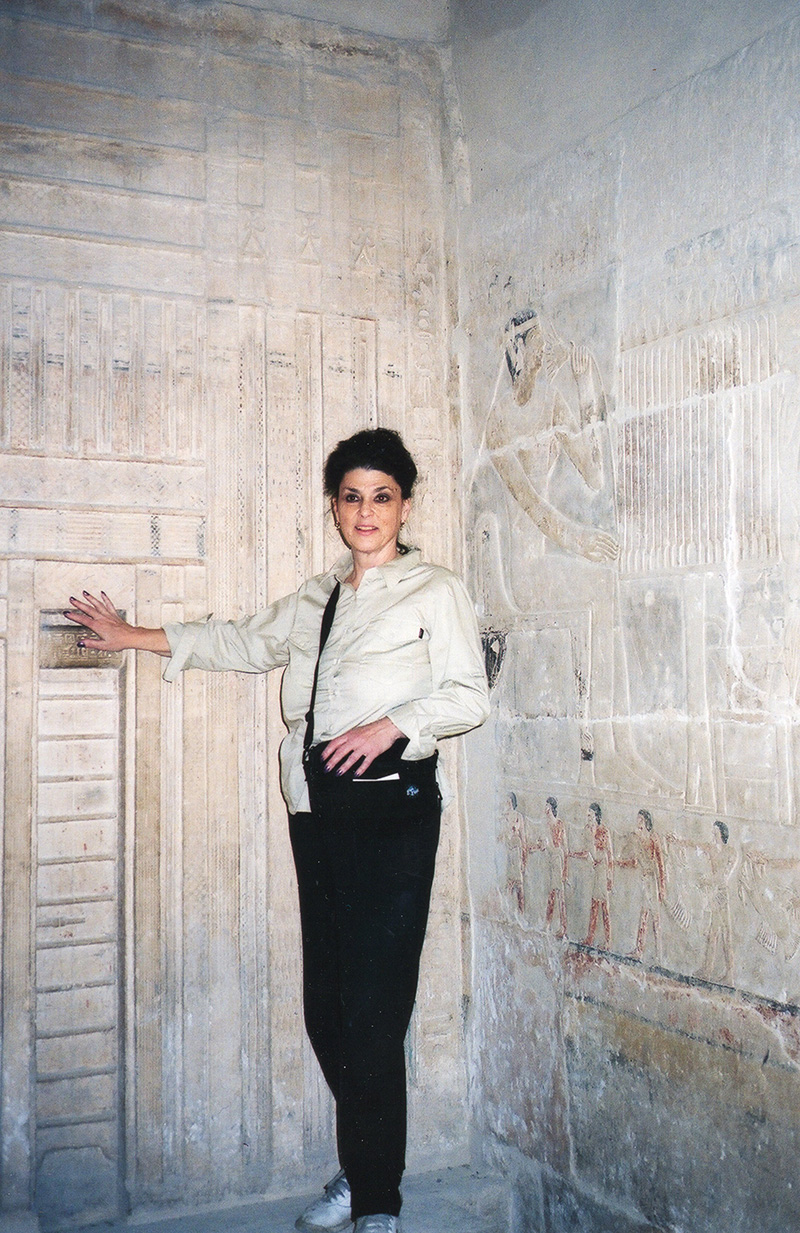
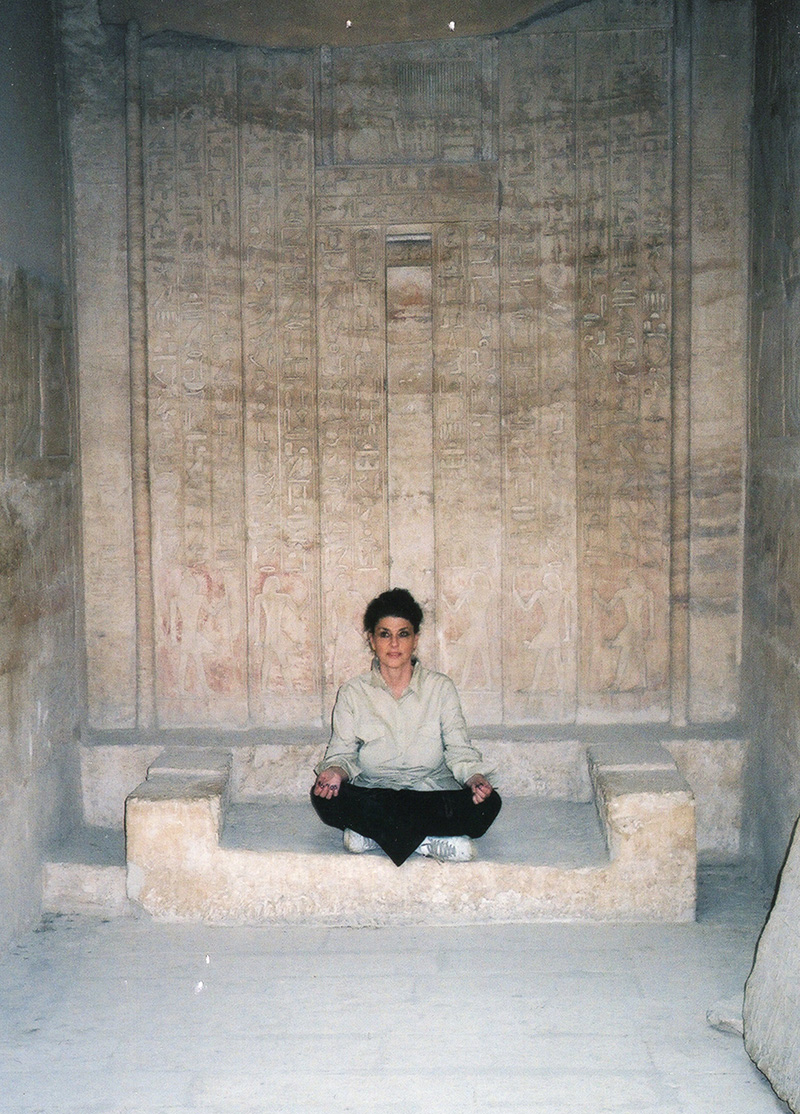
A step pyramid or stepped pyramid is an architectural structure that uses flat platforms, or steps, receding from the ground up, to achieve a completed shape similar to a geometric pyramid. Step pyramids are structures which characterized several cultures throughout history, in several locations throughout the world. These pyramids typically are large and made of several layers of stone. The term refers to pyramids of similar design that emerged separately from one another, as there are no firmly established connections between the different civilizations that built them. Read more
For many years, when I lectured on the history and power of pyramids, I generally reference the Pharaoh Djoser's Step Pyramid, as the supposed first pyramid built on Earth. Of course we know that isn't true. Djoser, sometimes spelled Zoser is another one of Z's pseudo identities. Djoser was a pharaoh of the 3rd Dynasty.
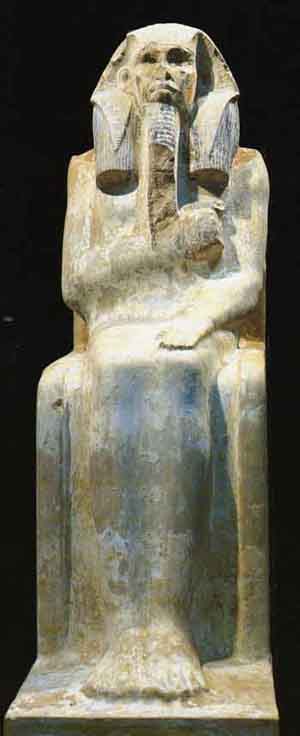
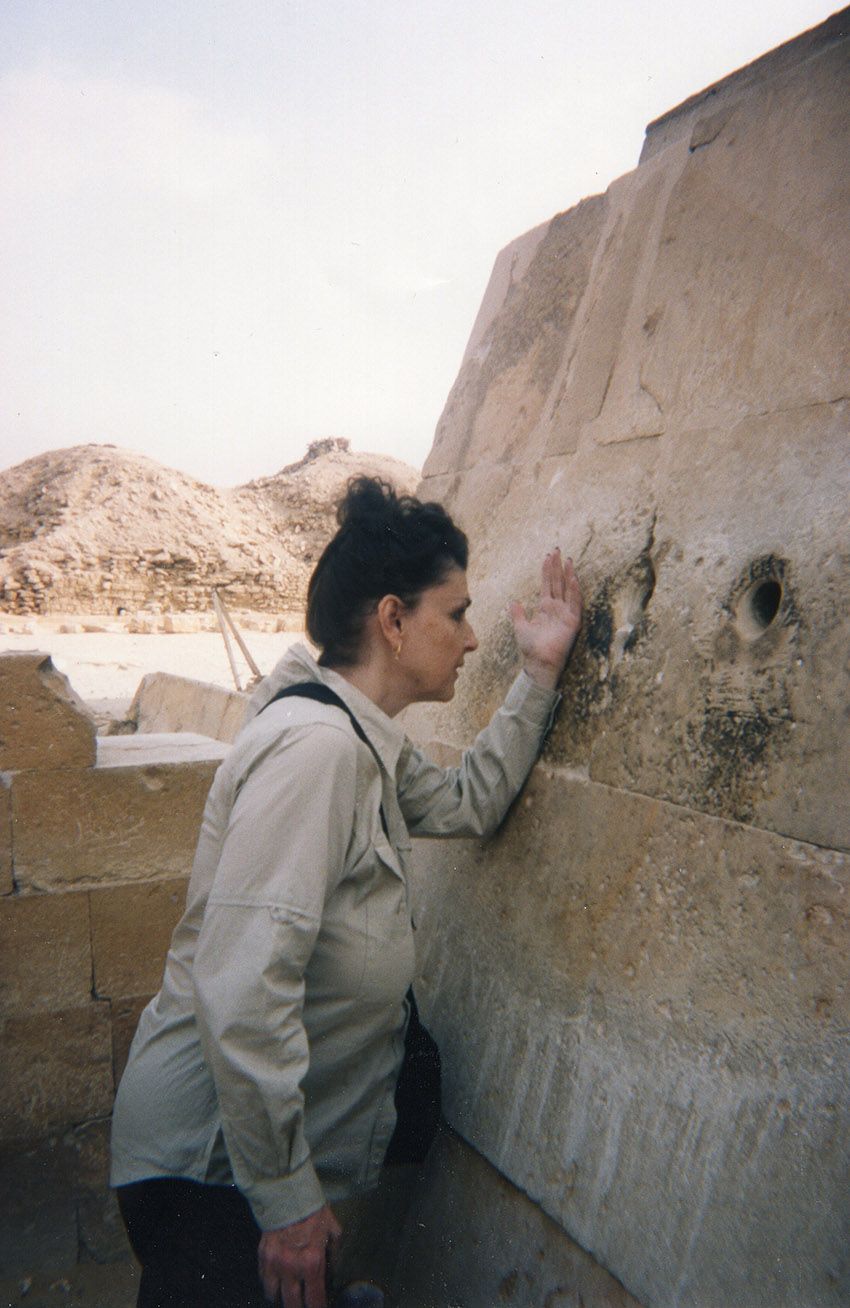
I peeked into the opening of the pyramid but the statue of Djoser did nothing for me.
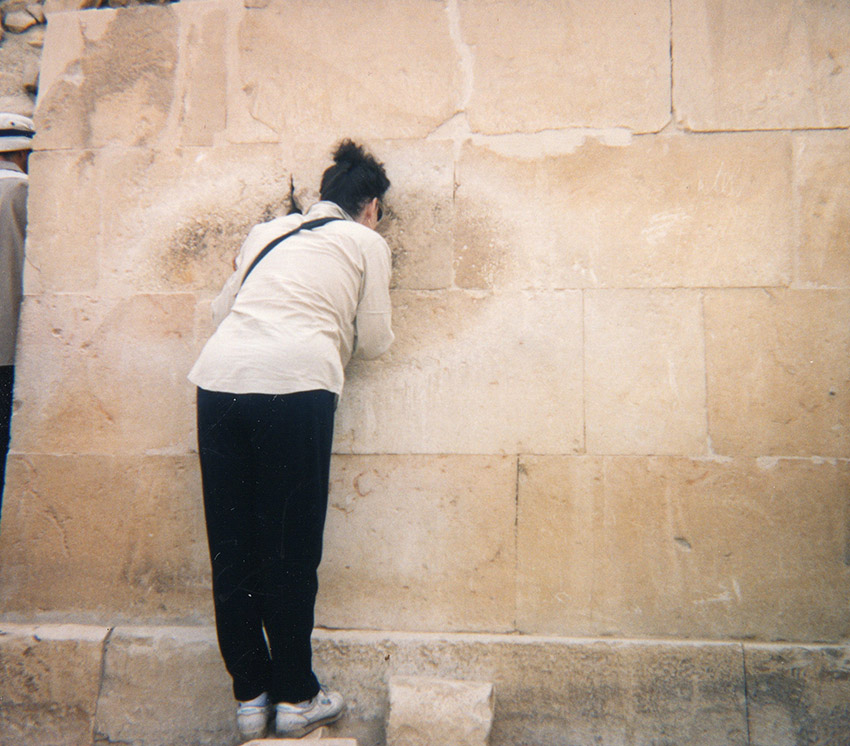
Time for the next adventure
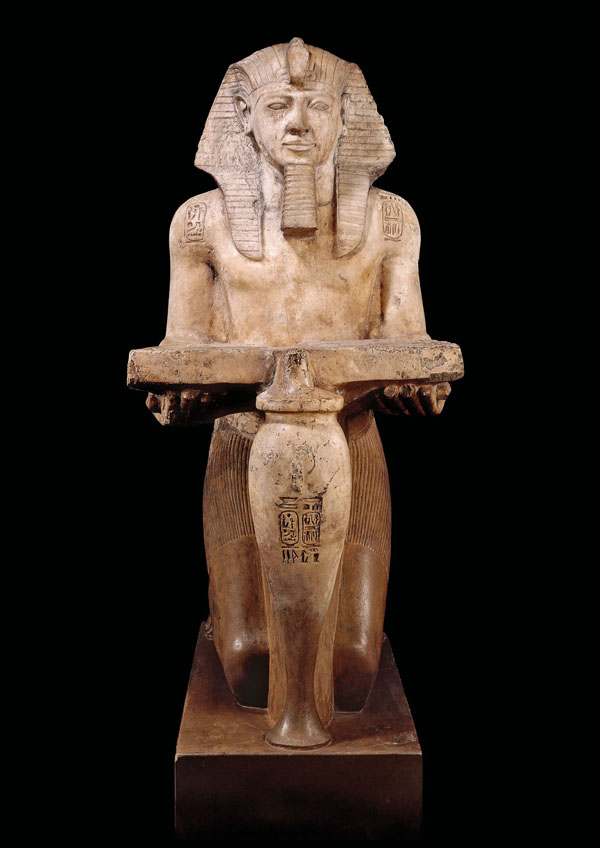
Ramesses II also known as Ramesses the Great, was the third pharaoh of the Nineteenth Dynasty of Egypt. He is often regarded as the greatest, most celebrated, and most powerful pharaoh of the New Kingdom. His successors and later Egyptians called him the "Great Ancestor". Ramesses II
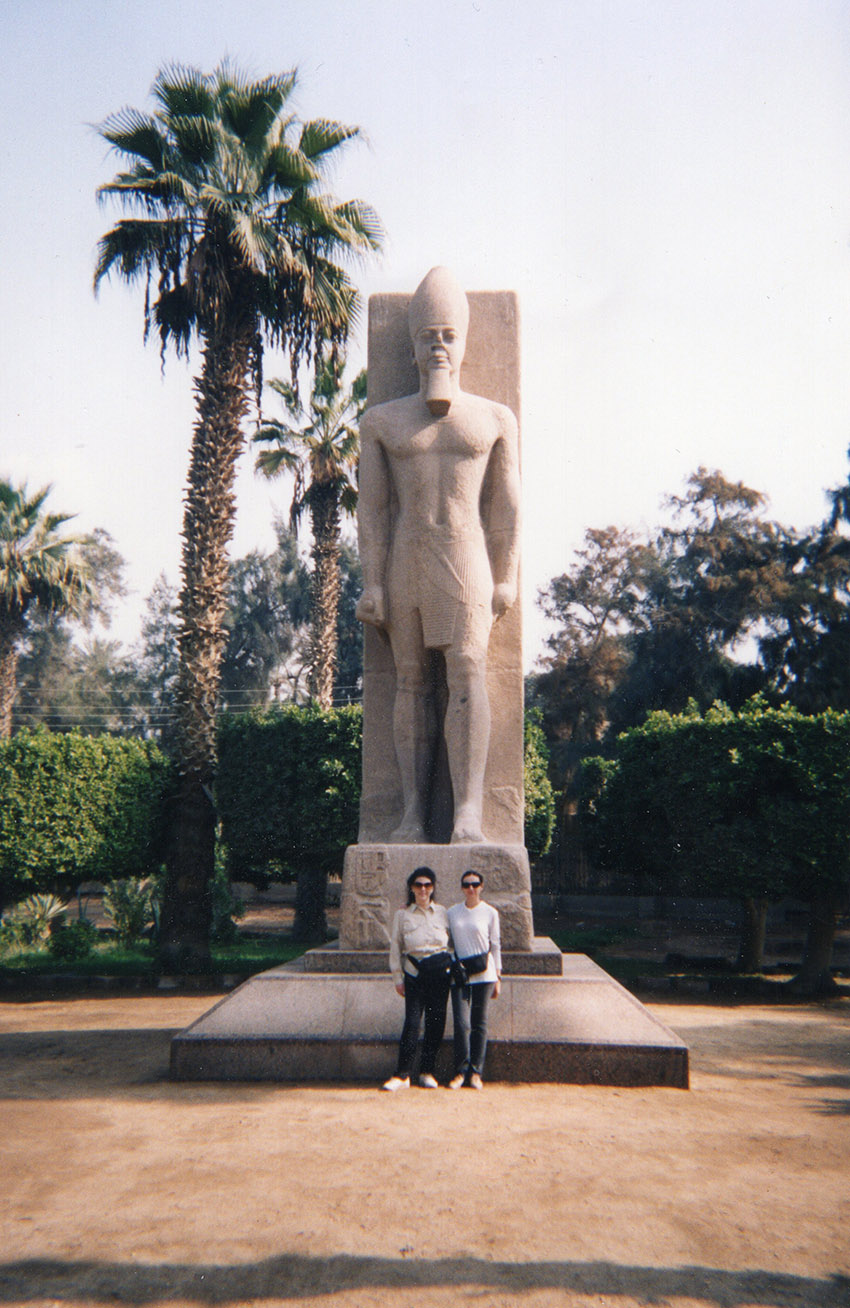
Ramesses II as a Sphinx - Sphinx statues were found many places we visited.
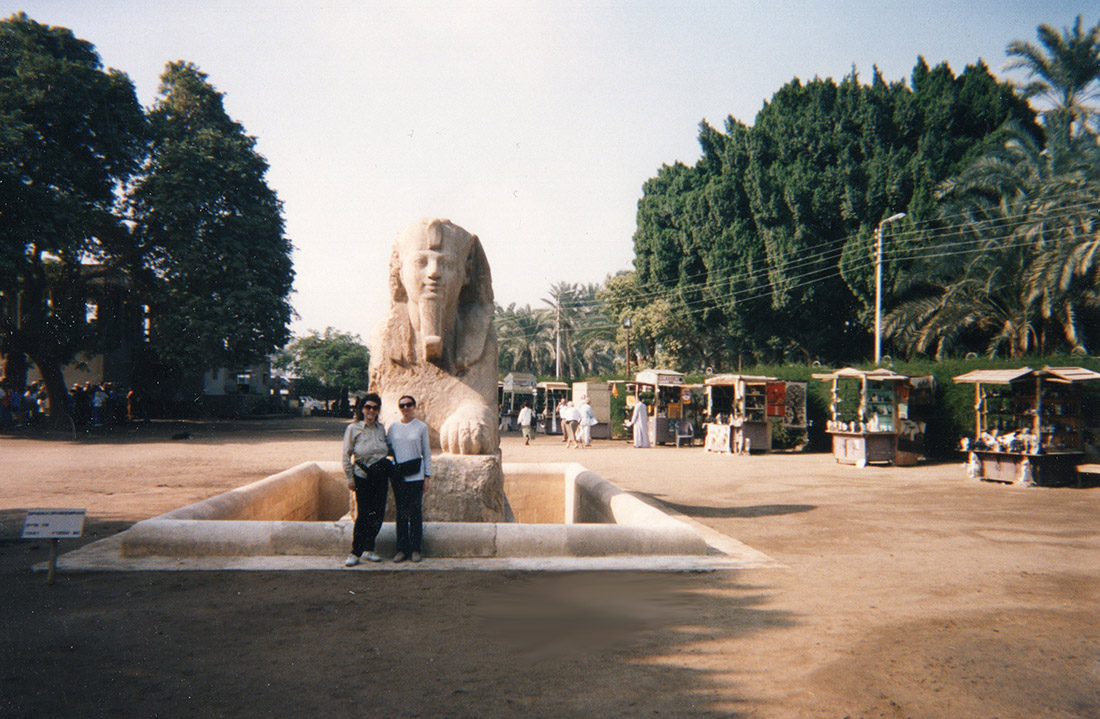
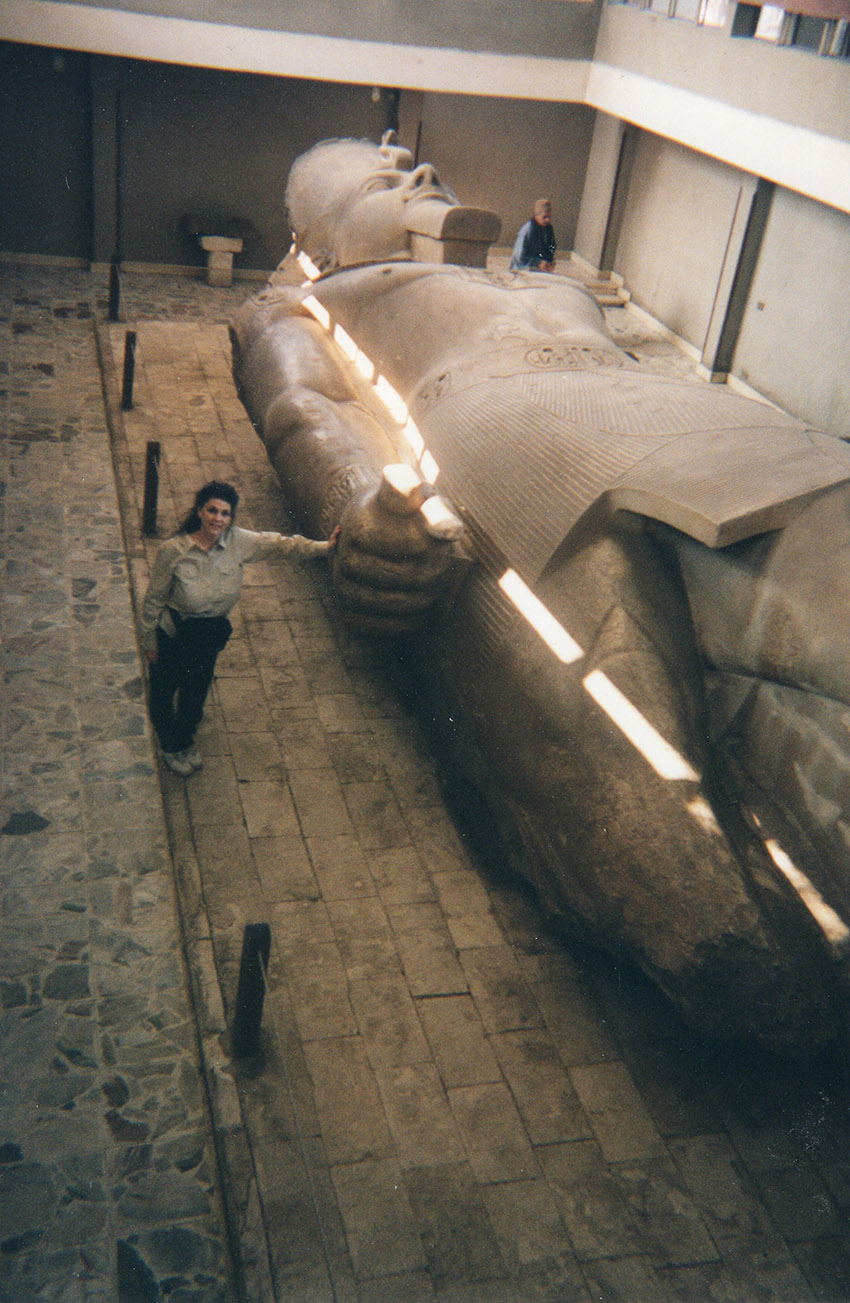
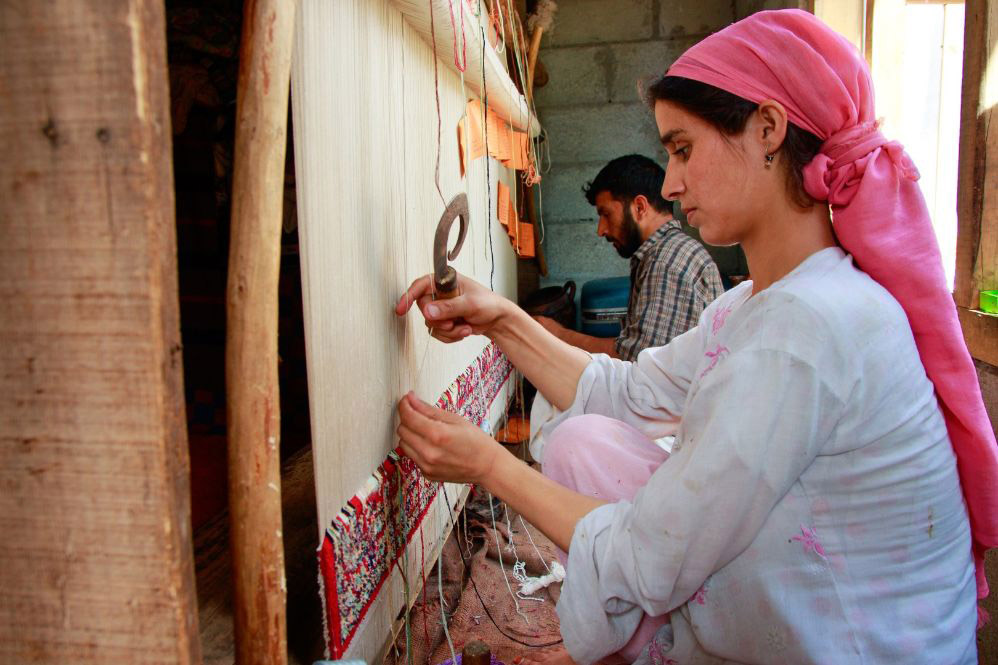
On the way back to Giza we stopped at a carpet factory which are very popular in that area. Teenage students learn to make carpets that are later sold in the showroom upstairs. The teens were just like any other group of kids. The boys and girls giggled at each other as they worked. Schooling is not as I would have liked it, being an American high school teacher, but there is education, at least at the basic levels for most children. The children were cute walking home from school with back packs just like American kids!
As with all places in Egypt, the sales people were aggressive and wanted to sell us carpets, of any size or pattern, at any price. This is a game over there, especially with the tourists. The men get so angry and shout quite a bit at each other then start to laugh. Needless to say we didn't buy anything. I personally found the energies of the bargaining humorous. You quickly learn to say, "No thank you!"